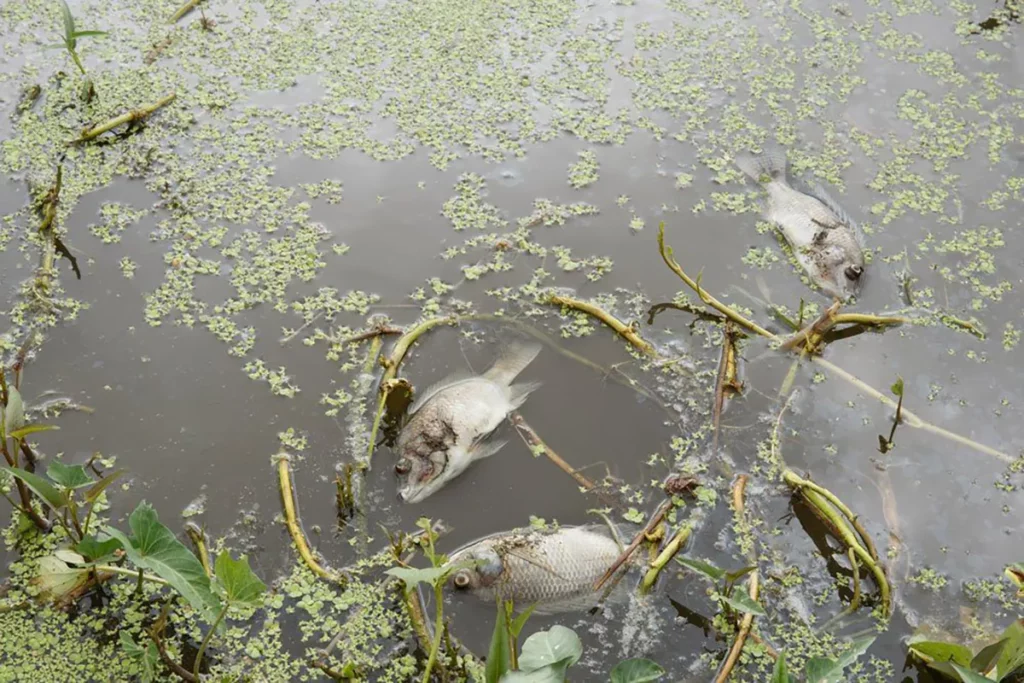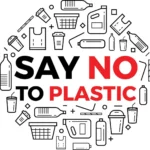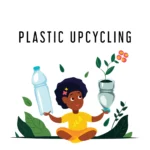When harmful substances – which are often chemicals or microorganisms – contaminate any water body, be it a stream, ocean, river or a lake and degrades the quality of water, leaving it toxic for both humans and the environment, it is called water pollution. The severity of water pollution is at an all-time high and is jeopardizing our health. Unsafe water is the cause of more deaths than war and all other violence combined and that is a rather disconcerting thought. Our drinkable water sources are finite with less than 1% of the earth’s freshwater accessible to us. Without proper remedial measures in place, water challenges are only likely to increase by the year 2050, when global demand for freshwater is expected to be one-third greater than what it is now.
Types of water pollution
- Organic pollution owing to the microorganisms – bacteria and viruses that are present in the water, created by excrement, vegetable and animal waste.
- Chemical pollution generated by nitrates and phosphates present in pesticides, human and animal drugs, heavy metals, household products, acids and hydrocarbons used in industries.
Causes of water pollution
Water as a ‘universal solvent’ is uniquely vulnerable to pollution. Along with its ability to dissolve more substances than any other liquid on earth, it also comes with the tendency to get very easily polluted. Toxic substances from cities, factories and towns easily dissolve in water creating water pollution.

- Sewage and wastewater
Inadequate sewage collection and treatment are one of the primary causes of water pollution. Water that has been used is called wastewater and it comes from various sources like our sinks, toilets, showers and from commercial, industrial and agricultural activities (metals, solvents and toxic sludge). This also includes storm-water runoff, which happens when rainfall carries road salts, oil, chemicals, debris and grease from impermeable surfaces right into our waterways. According to UN, more than 80% of water worldwide wastewater goes back into the environment without treatment or reuse.
- Oil pollution
While big spills can occupy headlines, the fact remains that consumers account for the majority of oil pollution in seas, including the oil and gasoline that drip from millions of cars and trucks on a daily basis. Nearly half of the estimated 1 million tons of oil that makes its way into the marine environments come from land-based sources like factories, farms and cities rather than tanker spills.
- Radioactive waste
Any pollution that emits radiation beyond what is naturally released by the environment is termed radioactive waste. It is usually caused by uranium mining, production and testing of military weapons, nuclear power plants as well as hospitals and universities that use radioactive materials for research and medicine. Radioactive waste can remain in the environment for thousands of years which is why disposing it is a significant challenge. Accidental spill or improper disposal of contaminants threaten groundwater, surface water and marine resources.
- Agriculture
Apart from being the biggest consumer of global freshwater resources with farming and livestock production using about 70% of earth’s surface water supplies, it is also a major water polluter. All across the globe, agriculture remains the leading cause of water degradation. Whenever it rains, fertilizer, pesticides, and animal waste from farms and livestock operations, wash nutrients and pathogens – like bacteria and viruses – into our waterways. Nutrient pollution, caused by surplus nitrogen and phosphorous in water or air, is the primary threat to water quality across the globe and can cause algal blooms, which is a toxic soup of blue-green algae that can be harmful to both people and wildlife.
- Marine dumping
Everyday disposal of garbage, plastic, aluminium, food, glass and rubber get deposited into the sea. Most of these items take weeks to hundreds of years to decompose, making them a major cause of water pollution.
- Industrial waste
Industries churn out a lot of waste that contains toxic chemicals and pollutants. The larger chunk of industrial waste is drained in the fresh water which flows into rivers, canals and finally landing in the sea. Burning of fossil fuels is also another source of water pollution where it causes acid rain which then flows into streams, lakes and other water bodies.
Effects of water pollution
On the environment

For an ecosystem to thrive, it has to rely on a complex network of plants, animals, bacteria and fungi; all of them interact with each other, either directly or indirectly. If any one of these organisms is harmed, it can cause a chain reaction to happen, jeopardizing entire aquatic environments. When water pollution leads to angal bloom in any kind of marine environment, the proliferation of the newly introduced nutrients causes plant and algae growth, rendering reduction of oxygen levels in the water. The scarcity of oxygen, also known as eutrophication, causes suffocation in plants and animals, creating ‘dead zones’ where waters are essentially devoid of life. In some cases, the harmful algal blooms can also produce neurotoxins that affect wildlife, from sea turtles to whales.
The chemicals and heavy metals released from industrial and municipal wastewater cause contamination of waterways. These contaminants are toxic to aquatic life, often resulting in the reduction of an organism’s lifespan and ability to reproduce, and they climb their way up the food chain since predators eat prey. This is how big fishes accumulate high levels of toxins, like mercury.
Marine ecosystems are also troubled by marine debris, which can strangle, suffocate and starve animals. These solid debris consist mostly of plastic bags and soda cans that get swept into sewers and storm drains, eventually making their way into the sea, turning our oceans into trash soup; sometimes this trash coagulates to form garbage patches. Discarded fishing gear and other kinds of debris are responsible for harming more than 200 different species of marine life.
Also, as the ocean acidifies, it gets tougher for shellfish and coral to survive. Ocean acidification make it harder for shellfish and other species to build shells and may have an impact on the nervous systems of sharks and other marine life.
On humans
To get straight to the point: water pollution kills. Contaminated water can also make you sick. Every year, unsafe water cause about 1 billion deaths. Waterborne pathogens in the form of disease-causing bacteria and viruses from human and animal waste cause major illnesses from contaminated drinking water, like cholera, giardia and typhoid. Even swimming can pose a threat with skin rashes, pinkeye, respiratory infections and hepatitis affecting people.
Water pollution prevention methods
- Wastewater treatment

This treatment consists of removal of pollutants from wastewater through a physical, chemical or biological process. The more efficient these processes are, the cleaner the water gets.
2. Green agriculture

Globally, agriculture uses 70% of water resources; that makes it imperative to have climate-friendly crops, efficient irrigation that lessens the need for water and energy-efficient food production. Green agriculture is also paramount to limit the chemicals that enter water.
3. Minimise air pollution

Air pollution directly impacts water contamination as 25% of human-induced CO2 emissions get absorbed by oceans. This has resulted in rapid acidification of our oceans, which threatens marine life and corals. Minimising air pollution is the best way forward.
4. Plastic waste reduction

80% of the plastic present in our oceans is from land sources. We need to both reduce our use of plastic globally and improve plastic waste management.
5. Water conservation

Water conservation is the most important order of the day – without that, we are not going to survive. It is central in ensuring that world has better access to clean water. It starts with being aware that water is a scarce resource and it is upon us to take care of it and manage it responsibly.








